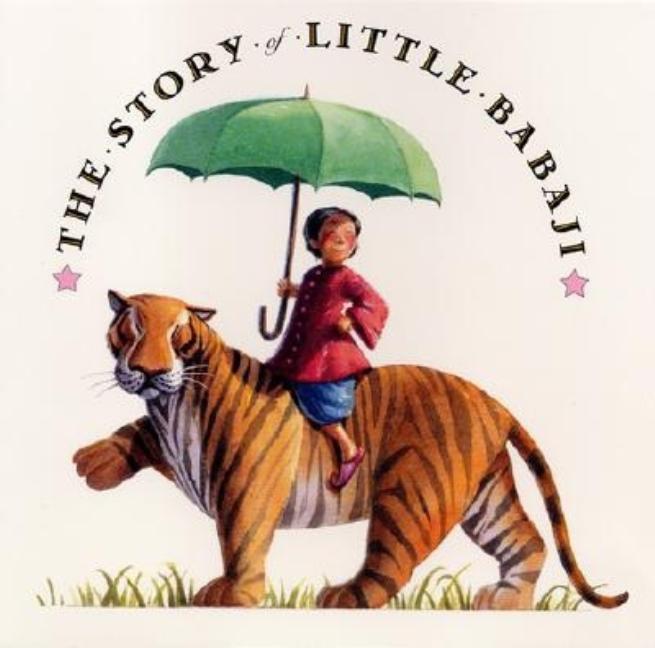The Story of Little Babaji
by Helen Bannerman (Author) Fred Marcellino (Illustrator)

Born in Edinburgh in 1863, Helen Bannerman lived in India for thirty years. As a gift for her two little girls, she wrote and illustrated The Story of Little Black Sambo(1899), a story that clearly takes place in India (with its tigers and "ghi," or melted butter), even though the names she gave her characters belie that setting.
For this new edition of Bannerman's much beloved tale, the little boy, his mother, and his father have all been given authentic Indian names: Babaji, Mamaji, and Dadaji.
And Fred Marcellino's illustrations'lively and lavish'are unmistakably Indian in every detail. The Story of Little Babaji: an old favorite is lovingly, memorably transformed.
 Locate at a Library Near You
Locate at a Library Near You WorldCat is the world's largest library catalog, helping you find library materials online.
Find books about:
Publishers Weekly
School Library Journal
Review quotes
JUV002000 - Juvenile Fiction | Animals | General
JUV030020 - Juvenile Fiction | People & Places | Asia
Tigers




